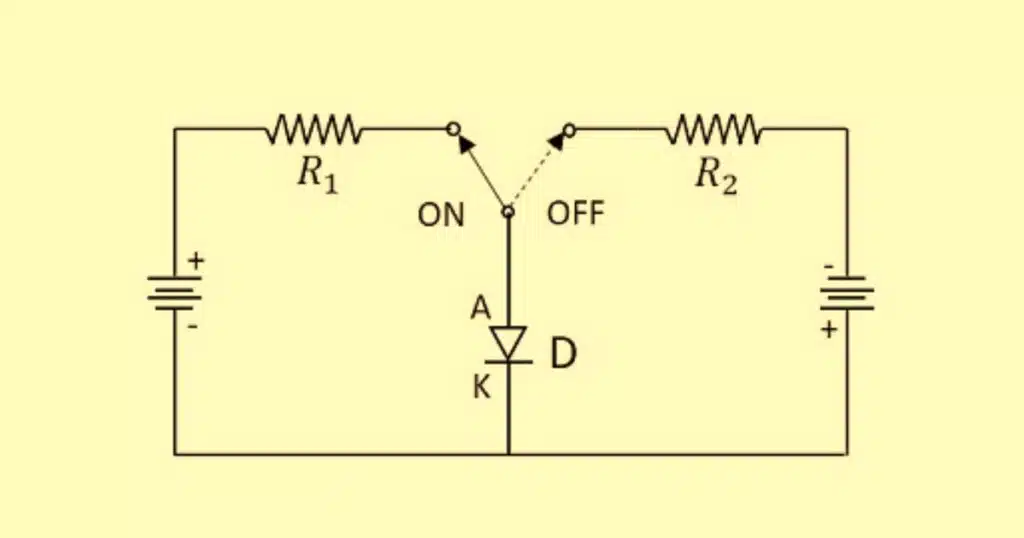Can we use zener diode as a switch?
A Zener diode can be used as a switch but it is generally not recommended due to its limitations. Other electronic components such as transistors and relays are more commonly used for switching applications.
Zener diodes are commonly used as voltage regulators, but they can also be used as switches under certain conditions. It’s important to understand the differences between Zener diodes and regular diodes before discussing their use as switches.
Diodes are electronic components that allow current to flow in one direction only. When a diode is forward-biased (meaning the positive voltage is applied to the anode and the negative voltage to the cathode), it conducts current.
On the other hand, when a diode is reverse-biased (meaning the positive voltage is applied to the cathode and negative voltage to the anode), it blocks current flow until a certain voltage, known as the breakdown voltage, is reached.
A Zener diode is a special type of diode that is designed to conduct current in reverse bias once the breakdown voltage is reached. This allows Zener diodes to be used as voltage regulators since they maintain a relatively constant voltage across their terminals.
Now, let’s talk about using a Zener diode as a switch. In order to use a Zener diode as a switch, you would need to operate it in the reverse-bias breakdown region. This means that the voltage applied to the Zener diode would need to be greater than its breakdown voltage.

When a Zener diode is operated in the breakdown region, it behaves like a switch that is “on” or “closed” when the voltage across it is above the breakdown voltage, and “off” or “open” when the voltage is below the breakdown voltage.
However, using a Zener diode as a switch has some limitations. Firstly, the voltage across the Zener diode will be relatively constant once it enters the breakdown region, so it can only be used to switch a voltage that is relatively constant as well. Additionally, the current that can be switched by a Zener diode is limited, so it may not be suitable for high-current applications.






Leave a Reply